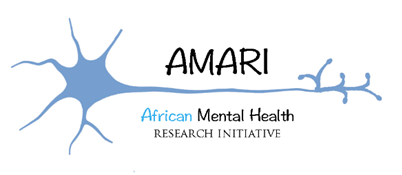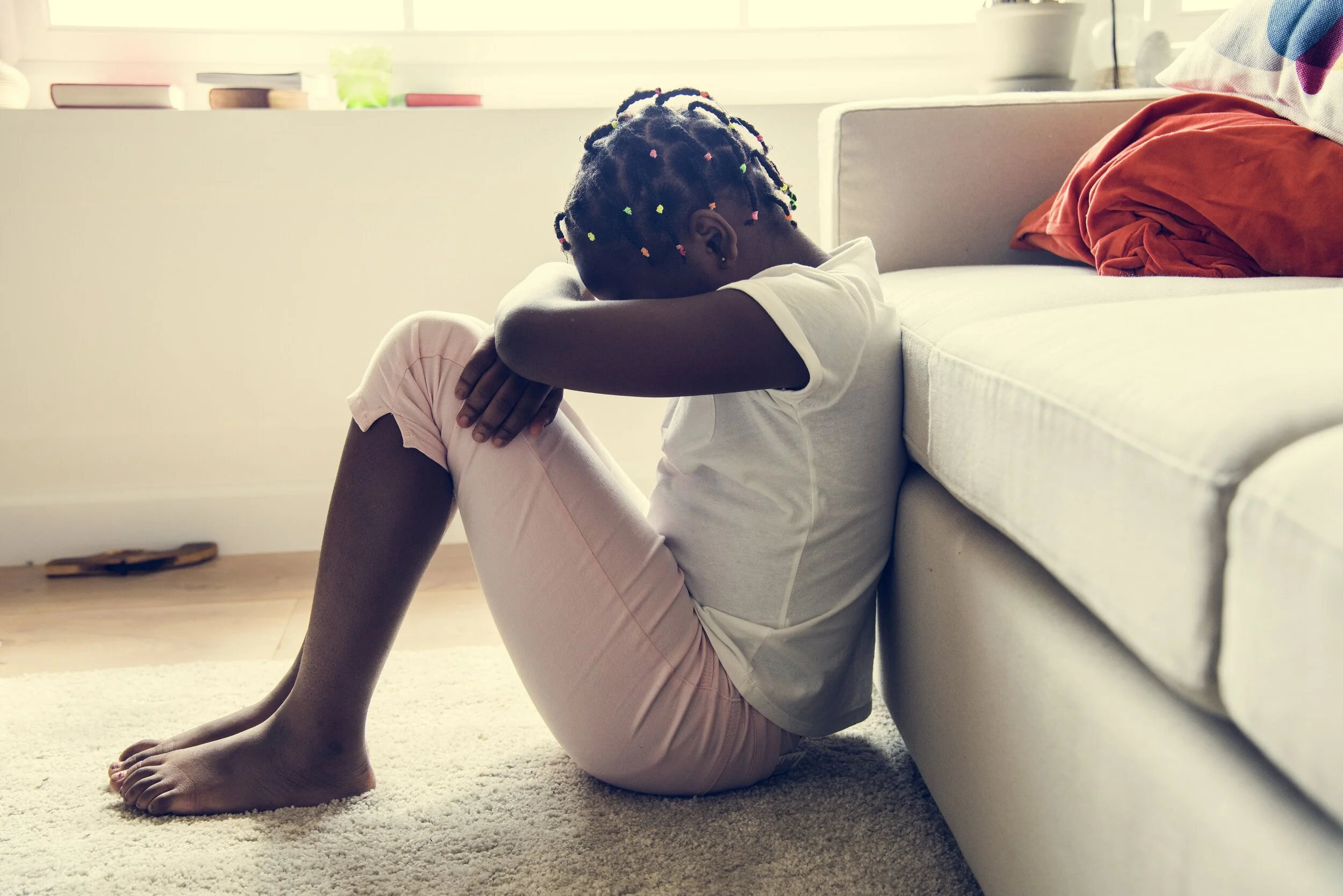Child and Adolescent Mental Health during COVID-19
By Marshall Marufu, AMARI MPhil Fellow
In January 2020 the World Health Organization declared COVID-19 a public health emergency which subsequently led to the introduction of various measures to prevent the spread of the disease. Measures that were put in place include the introduction of lockdowns, establishment of quarantine centers, routine hand washing and wearing of masks. These measures have not only affected children and adolescents’ daily routines, but they have also negatively impacted on their psychological and mental well-being.
Common mental disorders (CMDs) i.e. depression and anxiety have been prevalent among children and adolescents before the emergence of the coronavirus, with depression being considered as a major cause of suicide. The World Health Organization defines anxiety as a group of illness that is characterized by persistent feelings of extreme discomfort, fear and tension. Symptoms of anxiety include constant worrying, having negative thoughts, not eating properly, irritability or getting angry quickly.
Depression also refers to persistent feelings of sadness, low mood, failure to sleep, hopelessness and loss of interest in things that one usually enjoys. These CMDs usually have their onset during childhood with continued exacerbation into adolescence. There are several significant negative consequences associated with untreated CMDs among children and adolescent. These include suicidal ideation, substance abuse, low educational achievement, attention problems and delinquency.
With the emergence of COVID -19, this population is increasingly being exposed to stressful situations. Children and adolescents have been forced by the lockdown to stay indoors more than what they have experienced before. Their world has been literary turned upside down and the things they enjoyed such as going to Sunday school, sports and playing outdoors with friends have been taken away from them.
Additionally, they have been exposed to various risk factors such as gender-based violence, child abuse, loss of income by parents and restriction of movement. These factors put children at risk of experiencing mental disorders such as depression, anxiety as well as a post-traumatic stress disorder.
Re-opening of schools has been postponed several times, with learners who were supposed to write their ordinary and advanced level examinations being the most affected. These learners did not have enough time to learn when schools were closed yet they are expected to sit for final examinations. Those who are not in an ordinary or advanced level do not know whether they will be in the same grade or not if schools take long to re-open. This uncertainty brings about stress which may subsequently lead to anxiety and depression. Adolescents may also end up abusing alcohol and other substances.
As the world is still trying to have an in-depth understanding of this invisible monster, a lot of conspiracy theories and misinformation began to circulate. For example, there was a conspiracy theory that has been circulating on social media purporting that COVID-19 is a man-made virus meant to reduce the world population. This triggers fear and anxiety among children and adolescents.
Additionally, some children’s parents and caregivers are frontline workers who are testing and treating those who have tested positive. Knowing that your parent or caregiver is in contact with people who have tested positive or those who are suspected to have COVID -19 may cause anxiety among this population. Although the pandemic has not yet affected many children to date, some have lost their parents, caregivers and family members. The grief that these children and adolescents go through has a profound effect on their mental well-being, economic security and social development.
Despite high rates of mental disorders that existed among children and adolescents before COVID -19 and the stressful situations that they are now exposed to because of the pandemic, many do not get treatment. The reasons why many do not get treatment is because of the shortage of trained professionals, stigma, discrimination and the shortage of facilities specifically offering child and adolescent mental health services.
Additionally, more resources are now being channelled towards fighting COVID-19 pandemic, yet little is being done to address the mental health issues faced by children and adolescents. Currently, there are a few organizations which are offering tele-counselling which makes the treatment gap even wider for this population. The most affected are those who reside in remote areas where there is no network and those who do not have access to digital technology.
However specific measures to address the mental health problems being faced by children and adolescents should be included in the national COVID-19 response strategy. To begin with, children and adolescents should be given relevant and age-specific knowledge about COVID-19 to prevent unnecessary panic and anxiety.
In order to address the treatment gap, parents and guardians should be trained on how to identify children with mental disorders, provide mental health first aid and referral protocol. Children and adolescents who need help should contact the nearest health care facility or the Friendship bench to book an appointment.
It’s normal to talk about your mental health problems the same way it is normal to talk about your physical health.

